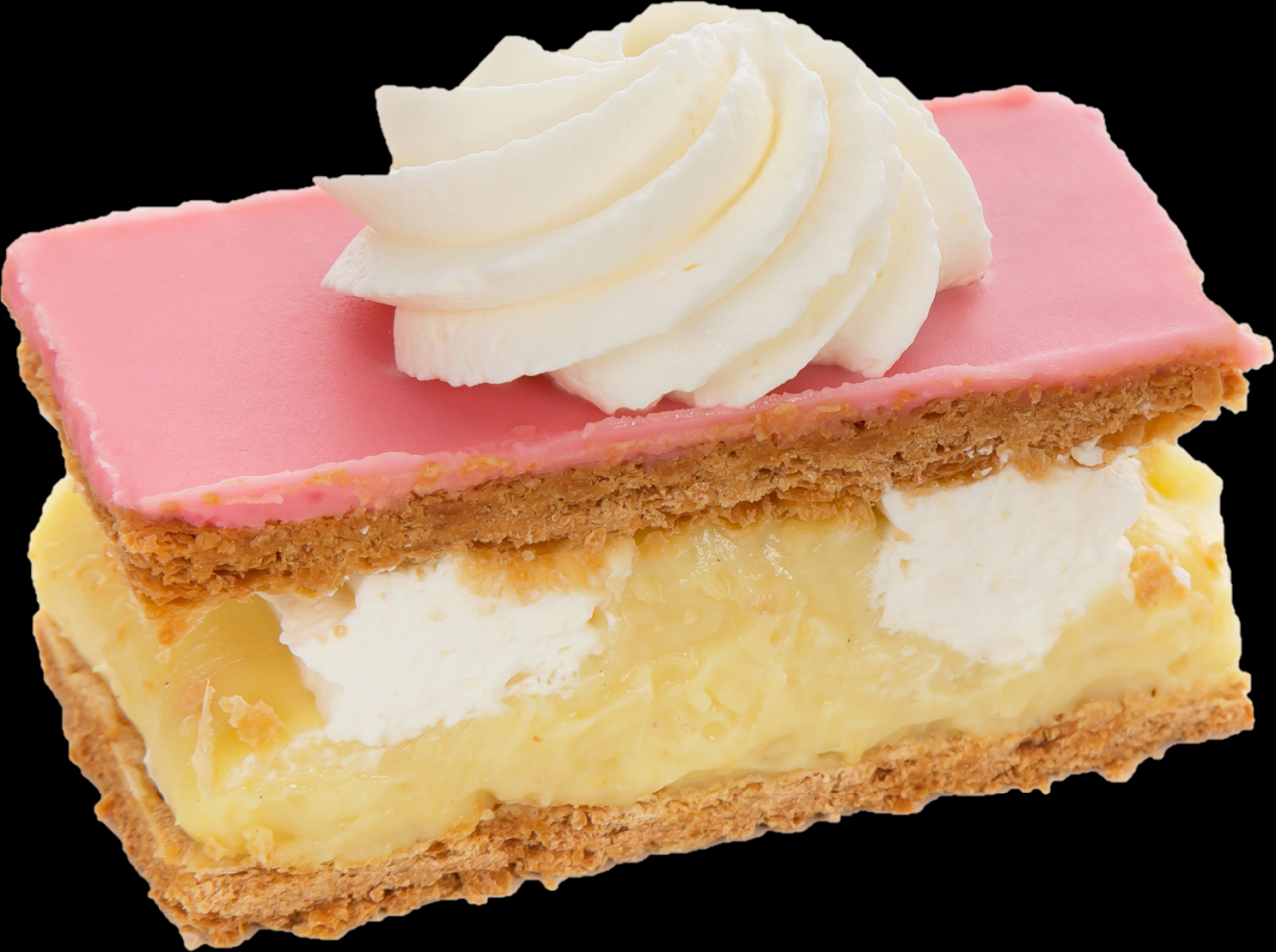
Tompouce, a beloved pastry that has captivated taste buds for centuries, embarks on a tantalizing journey through its origins, variations, preparation, and cultural symbolism. Delve into the world of this delectable treat, where tradition intertwines with innovation.
From its humble beginnings to its modern-day reincarnations, the tompouce has left an indelible mark on culinary landscapes worldwide. Join us as we explore the secrets behind this exquisite dessert.
Tompouce Origins and History
The tompouce, a delectable pastry with a rich history, has its roots in the culinary traditions of the Netherlands. Its origins can be traced back to the 18th century, when it was known as a “tompouce”. The name is believed to have originated from the French word “tompe”, meaning “to fall”, likely referring to the way the pastry collapses when bitten into.
Over the centuries, the tompouce has evolved into a beloved treat in the Netherlands and beyond. It has become a staple of Dutch bakeries and is often served as a festive dessert or snack.
Tompouce Ingredients and Variations
A traditional tompouce consists of several layers of puff pastry, filled with a creamy vanilla custard and topped with a pink fondant glaze. The puff pastry is made from a mixture of flour, water, butter, and salt, which is repeatedly folded and rolled to create its characteristic flaky texture.
Variations of the tompouce abound, with different regions and cultures adding their own unique twists to the classic recipe. In some variations, the vanilla custard is flavored with almond extract or lemon zest. The glaze can also vary in color, from the traditional pink to chocolate, orange, or even green.
Tompouce Preparation and Techniques
Preparing a tompouce requires skill and precision. The puff pastry is carefully rolled and folded to create its delicate layers. The custard filling is made from a combination of milk, sugar, eggs, and cornstarch, which is cooked until thick and creamy.
Once the pastry and filling are prepared, they are assembled into the tompouce. The puff pastry is cut into rectangles, filled with the custard, and topped with the glaze. The tompouce is then baked until the pastry is golden brown and the glaze is set.
Tompouce Presentation and Serving
The tompouce is typically presented as a rectangular pastry, cut into individual slices. It is often served on a plate or platter, garnished with a dusting of powdered sugar or fresh berries.
Tompouces can be served for various occasions, from casual gatherings to formal events. They are a popular choice for birthday parties, afternoon tea, or as a sweet treat after dinner.
Tompouce Cultural Significance and Symbolism
The tompouce holds cultural significance in the Netherlands, where it is considered a national pastry. It is often served at festivals and celebrations, and is a symbol of Dutch hospitality and indulgence.
In some cultures, the tompouce is associated with love and romance. It is sometimes given as a gift to express affection or to celebrate a special occasion.
Tompouce in Modern Cuisine

The tompouce has been adapted and incorporated into modern cuisine in various ways. Contemporary chefs and restaurants have experimented with different flavors, textures, and presentations, creating innovative and exciting tompouce creations.
Some modern variations include tompouces filled with chocolate mousse, fruit compotes, or even savory ingredients like cheese or ham. The glaze can also be flavored with unique ingredients, such as matcha powder or saffron.
Concluding Remarks
In the tapestry of culinary delights, tompouce stands as a testament to the enduring power of tradition and the boundless creativity of modern gastronomy. Whether enjoyed as a classic indulgence or reimagined with contemporary flair, this pastry continues to tantalize and delight.
Commonly Asked Questions
What is the origin of tompouce?
Tompouce is believed to have originated in the Netherlands in the 18th century.
What are the essential ingredients in a traditional tompouce?
Puff pastry, almond filling, and pink fondant icing.
How is a tompouce typically served?
Tompouces are often served as a dessert or snack, accompanied by tea or coffee.





